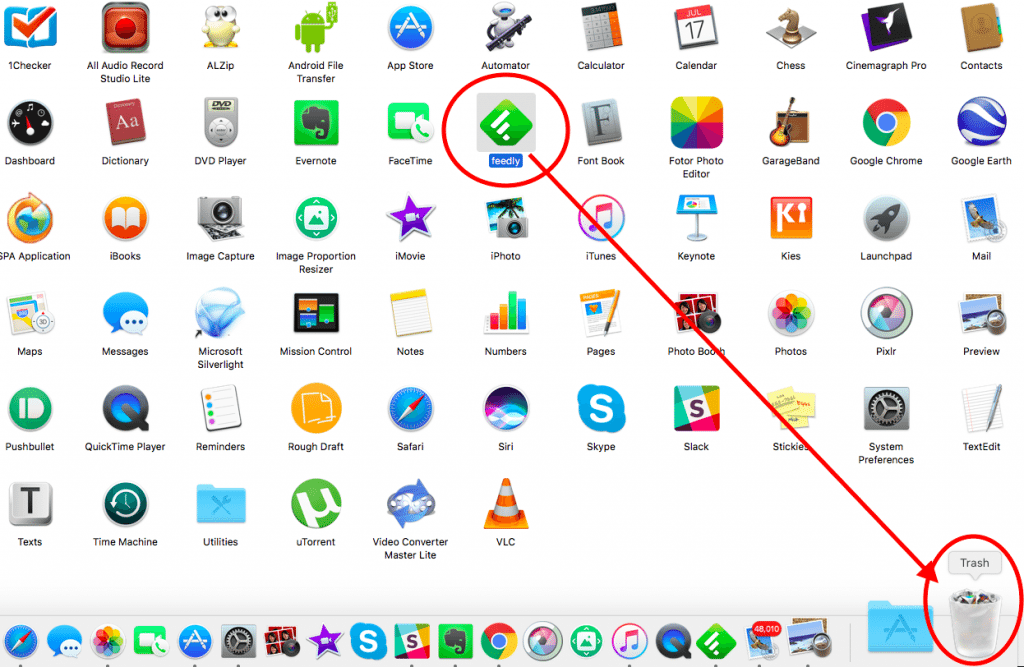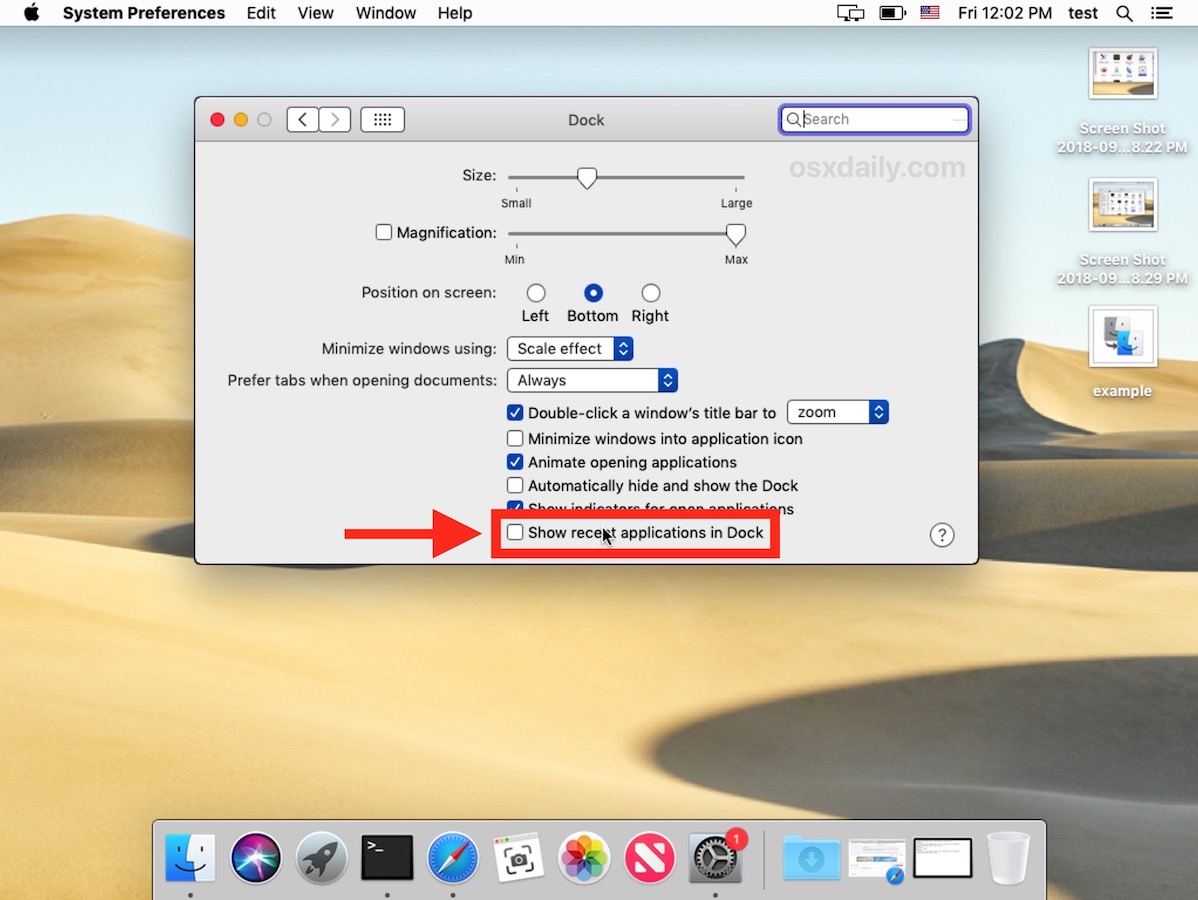In macOS Sierra you can remove automatic items which help you to speed up your Mac and reduce internet bandwidth. In this article, I’m going show you, how to stop macOS Sierra startup apps. This means that when you log into your computer, by default some apps will.
macOS Mojave is a brilliant upgrade to the Mac operating system, bringing lots of great new features like Dark Mode and the new App Store and News apps. However, it’s not without its problems. In the weeks since its release, early adopters have reported numerous teething issues, many of them affecting the performance of their Macs. One of the most common is that some Macs seem to run slow under Mojave. If you’re having that problem, here’s how to speed up macOS Mojave.
1. Identify the source of the problem
Your first port of call in identifying any performance issue with your Mac should be Activity Monitor. Go to Applications > Utilities and launch it. Click through the CPU, Memory, Energy and Disk tabs one at a time and make sure the items in each list are ordered in descending order by the first column (the arrow next to the name of the column should be pointing down). Now you can easily see if any application or process is hogging CPU cycles, RAM, energy, or disk space. If, for example, a browser tab is taken up several gigabytes of RAM, close it. Quit any applications or processes, using the ‘x’ at the top left of the Activity monitor window, that you identify as causing a problem.
2. Get rid of unnecessary launch agents
Launch agents are ancillary programs that add functionality to their parent application and launch at startup. They can cause macOS Mojave to slow down, especially when it’s booting. You could remove them manually, but tracking them down and getting rid of them one by one is a long and laborious process. Thankfully, there is an easier way, using CleanMyMac X. Here’s how to use it.
- Download Download CleanMyMac X (for free) and launch it.
- In the left hand sidebar click on Optimization.
- Choose Launch Agents.
- Look through the list of programs. If there are any you don’t need, for example updaters for apps you don’t use, you can disable them or remove them.
- To disable a launch agent, click the green dot to the right of it.
- To remove a launch agent, check the box next to it and choose Remove.
3. Stop applications launching at startup
In addition to launch agents, some applications launch themselves when you login to your Mac. In some cases, there’s a good reason. Antivirus tools tend to launch at login, because they scan your Mac automatically for malware and it’s important they start running as soon as your Mac does. However, in many cases, there’s no need for applications to launch as soon as you log in to your Mac.
Mac os mojave quit software update. You can see which applications launch at login and delete them manually by doing the following:
- Click on the Apple menu and select System Preferences.
- Select the Users & Groups pane.
- You should see that the current user, you, already selected.
- Click the Login Items tab.
- Check the box next to any items you want to remove.
- Press the “-” at the bottom of the window to delete them all.
There is an easier, way, however. You can quickly remove login items using CleanMyMac’s Optimization tool, in much the same way as we did for launch agents.
- Launch CleanMyMac and choose Optimization.
- Choose Login Items.
- Look through the list of items and decide which ones you don’t want to launch at startup.
- Click the green button to the right of any item you want to disable.
- To remove an item completely, check the box next to it and press Remove.
4. Shutdown your Mac regularly
While it’s perfectly possible to use your Mac without ever shutting it down, it’s unwise. Restarting your Mac clears away temporary files, including, crucially, the swap files that are used as virtual memory. It also frees up RAM. Restarting regularly is important to keep your Mac running smoothly.
5. Keep Spotlight in check
Spotlight is a great tool for searching your Mac and the internet. However, if you have it set to index everything on your Mac, the re-indexing process can take time and consume resources, causing your Mac to slow down.
- Go to the Apple menu and choose System Preferences.
- Click on the Spotlight pane.
- Select the Privacy tab.
- Drag any folders you don’t want Spotlight to index onto the window.
- Close System Preferences.
6. Close browser tabs
Keeping multiple browser tabs open is very convenient. However, each open tab occupies RAM and if you have lots open, they may start to slow down your Mac. Bookmark any tabs you don’t read right now and then close them.
7. Remove unnecessary System Preferences panes
Launch System Preferences again and look at the bottom row, which houses non-OS preferences. Are there any preferences there, like Flash for example, that you don’t need? If so, remove them. Right-click on the preferences pane and choose Remove “xxxx” Preference Pane, where “xxx” is the name of the item you are removing.

8. Update applications
Sometimes, out of date applications can cause your Mac to run slowly. The solution is to make sure all the applications you use regularly are up to date. For apps that you downloaded from the Mac App Store, you should select Automatic Updates in the App Store app’s Preferences so that they update automatically. For other apps, click on the applications name in the menu bar and choose ‘Check for Updates’. If there are any available, install them immediately.
If you want to update all your apps in just one click, use the Updater tool in CleanMyMac X. It will check and update your software to the latest version.
There are many reasons why macOS may run slowly on your Mac. As you can see, however, there are several steps you can take to speed up Mojave. Sometimes the problems are caused by installing a new version of the OS over an older version, rather than performing a clean install. In that situation, cleaning up your system using CleanMyMac X can really help speed up your Mac.
These might also interest you:
Use Launchpad to delete an app
Free chord chart software mac. Launchpad offers a convenient way to delete apps that were downloaded from the App Store.
Desktop notes app for mac. Now that I better understand the app, I enjoy using it more and more. That would be fantastic. SaggyGirl, As A Graduate Student, This App is A Life-Saver!When I first started using the app, I found the 'board' concept to be unhelpful and aggravating to use. I simply wanted to created post-it notes and have them stored. It's literally a square screen PERFECT for a post-it note to be on.Agree with alot of the Reviews- SOOO much potential.
- To open Launchpad, click it in the Dock or open it from your Applications folder. You can also pinch closed with your thumb and three fingers on your trackpad.
- If you don't see the app in Launchpad, type its name in the search field at the top of the screen. Or swipe right or left with two fingers on your trackpad to show the next or previous page.
- Press and hold the Option (⌥) key, or click and hold any app until the apps jiggle.
- Click next to the app that you want to delete, then click Delete to confirm. The app is deleted immediately. Apps that don't show either didn't come from the App Store or are required by your Mac. To delete an app that didn't come from the App Store, use the Finder instead.
Deleting an app doesn't cancel any subscription you may have purchased with that app. Learn how to cancel subscriptions for apps that were downloaded from the App Store.
Use the Finder to delete an app
- Locate the app in the Finder. Most apps are in your Applications folder, which you can open by clicking Applications in the sidebar of any Finder window. Or use Spotlight to find the app, then press and hold the Command (⌘) key while double-clicking the app in Spotlight.
- Drag the app to the Trash, or select the app and choose File > Move to Trash.
- If you're asked for a user name and password, enter the name and password of an administrator account on your Mac. This is probably the name and password you use to log in to your Mac.
- To delete the app, choose Finder > Empty Trash.
Learn more
To use an app again after deleting it, either reinstall it or restore it from a backup.
- To reinstall apps that were installed as part of macOS, reinstall macOS. This applies to apps such as Safari, iTunes, Books, Messages, Mail, Calendar, Photos, and FaceTime.
- You can also redownload apps, music, movies, TV shows, and books that were installed from the App Store, iTunes Store, or Apple Books.
Mac Os X Disable Startup Apps

Learn how to delete apps on your iPhone, iPad, and iPod touch.
Mac Os Remove Startup Items
Learn what to do if the Dock contains an icon with a question mark.